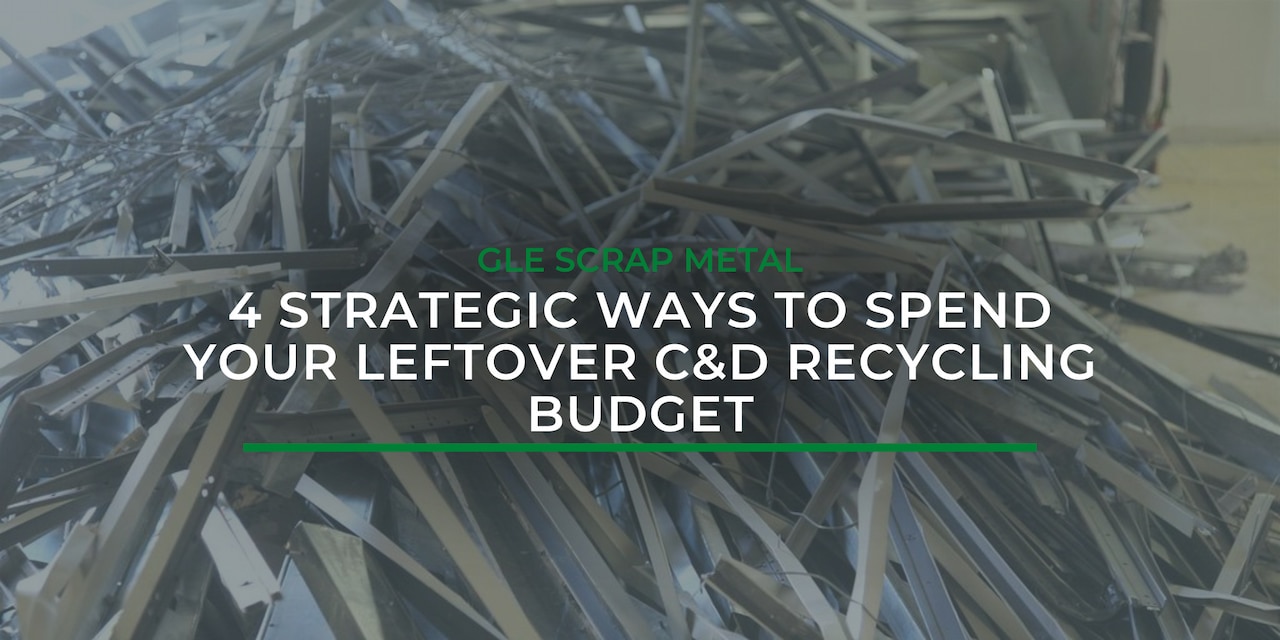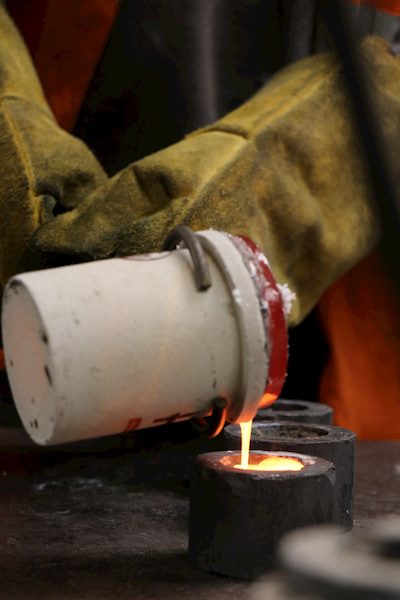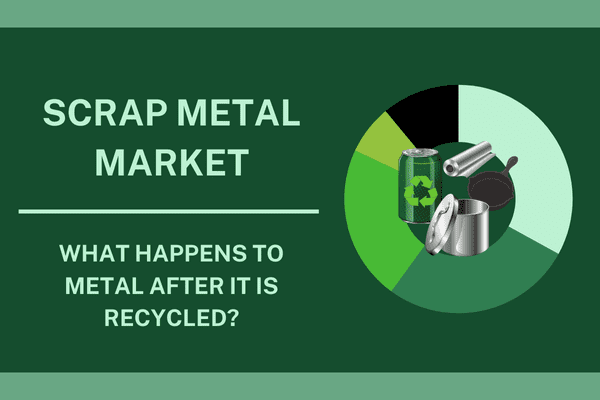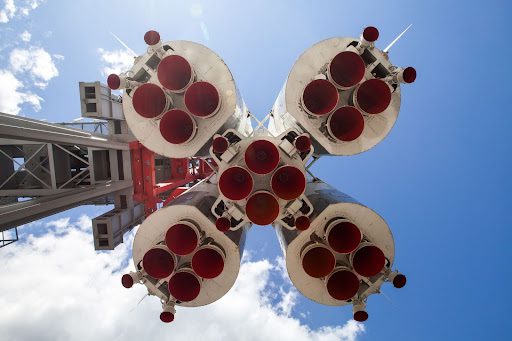
Once you’ve started separating and salvaging your C&D recycling waste, you can see your budget start to open up with new cash flow.
But now you’re left with the best problem to have: where to invest that money? It all depends on where you want to invest it, and we have four clever places to start.
Here are four ways to spend your leftover C&D recycling budget:
- Pay down business debts
- Invest in company infrastructure and equipment
- Create an incentive system for workers separating C&D waste
- Hire a company that specializes in C&D recycling logistics
Let’s go a little more in depth into each one!
1. Pay Down Business Debts
A savvy way to use your leftover C&D recycling budget is to pay down business debts.
Why is this one of the best options?
Paying down your business debt may be a better use of funds than investing the surplus C&D budget in a short-term investment.
Here’s an example. Let’s say you have a loan that’s charging 12% interest. You would get a far better return on paying off that loan than you would investing the money in something that pays 5% interest.
That being said, there are times when it might make more sense to put that surplus C&D budget towards something else (discussed in the following sections).
2. Invest in Company Infrastructure and Equipment
When companies have a budget surplus and they’ve paid down their debt (or, paying down their debt makes less financial sense than other decisions), decision makers start thinking about the firm’s needs.
A popular choice is to take that leftover budget and invest it right back into the company.
There are too many unfortunate stories of bad company investments in superfluous items rather than true necessities.
However, if there are trucks in your fleet that are in need of repairs, this is the opportunity to fix them up so they keep running (and making you money).

When you discover a surplus in your C&D budget, conduct a thorough assessment of everything in your company that could use refurbishing.
Divide them into two categories:
- Nice-to-have
- Must-have
While the difference between nice-to-have and must-have might seem obvious, it’s easy for lines to get blurred, especially with multiple stakeholders involved.
Remember that nice-to-have are items that won’t drive your business forward, while must-haves will make a significant, positive difference in your bottom line.
3. Create an Incentive System for Workers Separating C&D Waste
Another way to put your C&D recycling budget surplus to good use is to create an incentive system for workers that separate C&D waste.
At this point, you might be asking, “What about a raise?”
When you give employees a raise, your payroll will be affected for years to come (and there’s no way you can 100% count on a surplus the following year).
On the other hand, an incentive program motivates employees to work harder. It encourages them to meet certain C&D recycling goals, so that you maximize the amount you’re recycling.
An Incentive Program Could Take A Number Of Forms:
- Gift cards for employees that meet certain goals
- Discretionary cash rewards for employees that achieve C&D recycling milestones
- Experience-based rewards (a meal at a nice restaurant, a daytrip, or an evening at an escape room may appeal to your employees)
The benefit of incentive programs is that they’re customizable to meet your employees needs.
4. Hire a Company that Specializes in C&D Recycling Logistics
Our final suggestion is to hire a company that specializes in C&D recycling logistics.
Here’s why this decision makes sense: your staff most likely devotes significant time and effort to C&D recycling efforts. Yet, your core business isn’t C&D recycling.

By selecting a C&D recycling firm, you shift that responsibility to someone who specializes in the field, freeing up your employees’ time and effort to other tasks which deliver higher revenue to your company.
How Do C&D Recycling Specialists Add Value?
They’ve spent years investing in the best methodology and technology, and carry out the tasks of sorting and screening waste far more efficiently.
Additionally, they’re up to date on the latest regulations and developments in the field, so they can prevent any costly mistakes from taking place due to regulatory non-compliance.
Ready to Automate the Logistics & Transportation of Your C&D Waste?
Although there are several different ways you can invest your surplus, we highly suggest automating both the logistics and transportation of your C&D waste to save you time and improve your bottom line. It also relieves your management team of these highly-specialized and time-consuming projects. If you’re ready to invest in your recycling efforts, give GLE Scrap Metal a call at 855-SCRAP-88.


